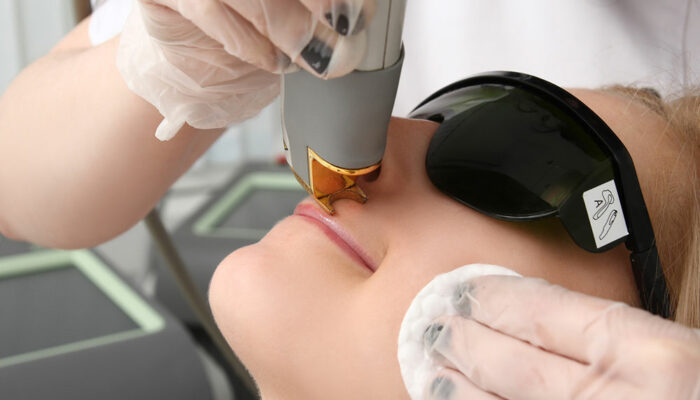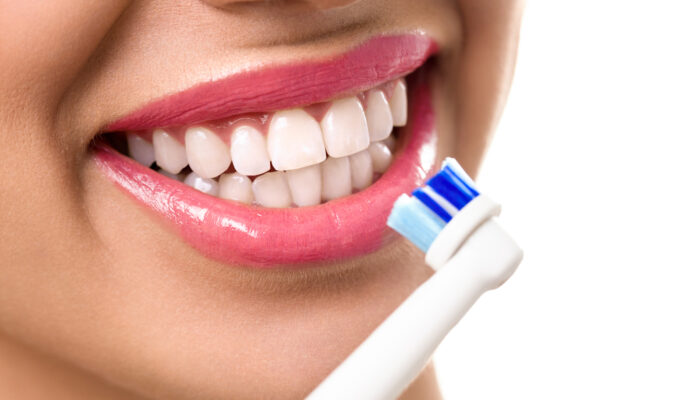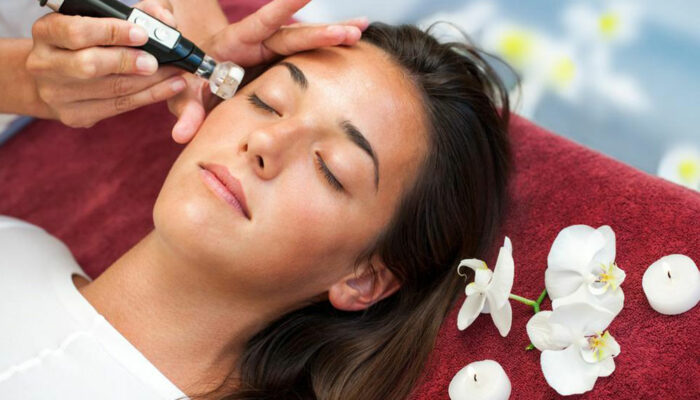
Lifestyle Changes to Treat the Symptoms of Dyspareunia
Dyspareunia is a painful genital condition that commonly occurs among women. This condition occurs due to various health issues as well as psychological issues. Thus, most of the times, doctors recommend their patients to go through some of the treatment options.
However, the treatment options for dyspareunia in menopause generally depend on the underlying factor. Thus, for diagnosing the disease as early as possible, it becomes very important for the patients to understand the common signs of the health condition.
Some of these symptoms can include:
- Pain at the entrance of the vagina
Vaginal pain generally occurs due to numerous reasons; however, feeling a throbbing pain at the entrance of the vagina while having sexual intercourse is known to be one of the common symptoms of dyspareunia during menopause. This pain generally occurs because of a lack of natural lubricants that are produced by the vaginal glands. - Burning pain during thrusting
Unlike the previous symptom, this kind of pain is generally felt deep inside your sexual organ. According to most doctors, the burning pain is generally caused if the organ is affected by any kind of infection. - Pain that lasts long after intercourse
Many women who are suffering from dyspareunia also complain about a pain that lasts for 2 to 3 hours after having intercourse. This pain generally occurs if any of the organs in your pelvic area have been affected by any kind of health condition.
To treat dyspareunia in menopause, your doctor would ask you to undergo a treatment procedure that will help treat the underlying disease. However, if you are not affected by any disease but are still suffering from painful intercourse, then some of these tips might be effective.
1. Warm bath
According to some of the health specialists, tightening of the vaginal muscles can lead to the feeling of pain during intercourse. Thus, to ease this pain caused by muscle spasms, you may opt for a warm bath to make the vaginal muscles relaxed. Taking a warm bath may also help you to reduce your stress, which is another cause of muscle spasm.
2. Use a lubricant
Using a lubricant, especially a water-based one, may also help you to relieve the pain that is being caused by vaginal dryness. You may also try to communicate with your partner while having intercourse if you are concerned about this technique.
3. Opt for a painkiller
If you are not suffering from any kind of health condition, then taking a painkiller may also be able to help you subdue the pain of dyspareunia in menopause. However, if you are taking some medication to treat any other health condition, then consulting with your doctor before using a painkiller can be a great idea.



